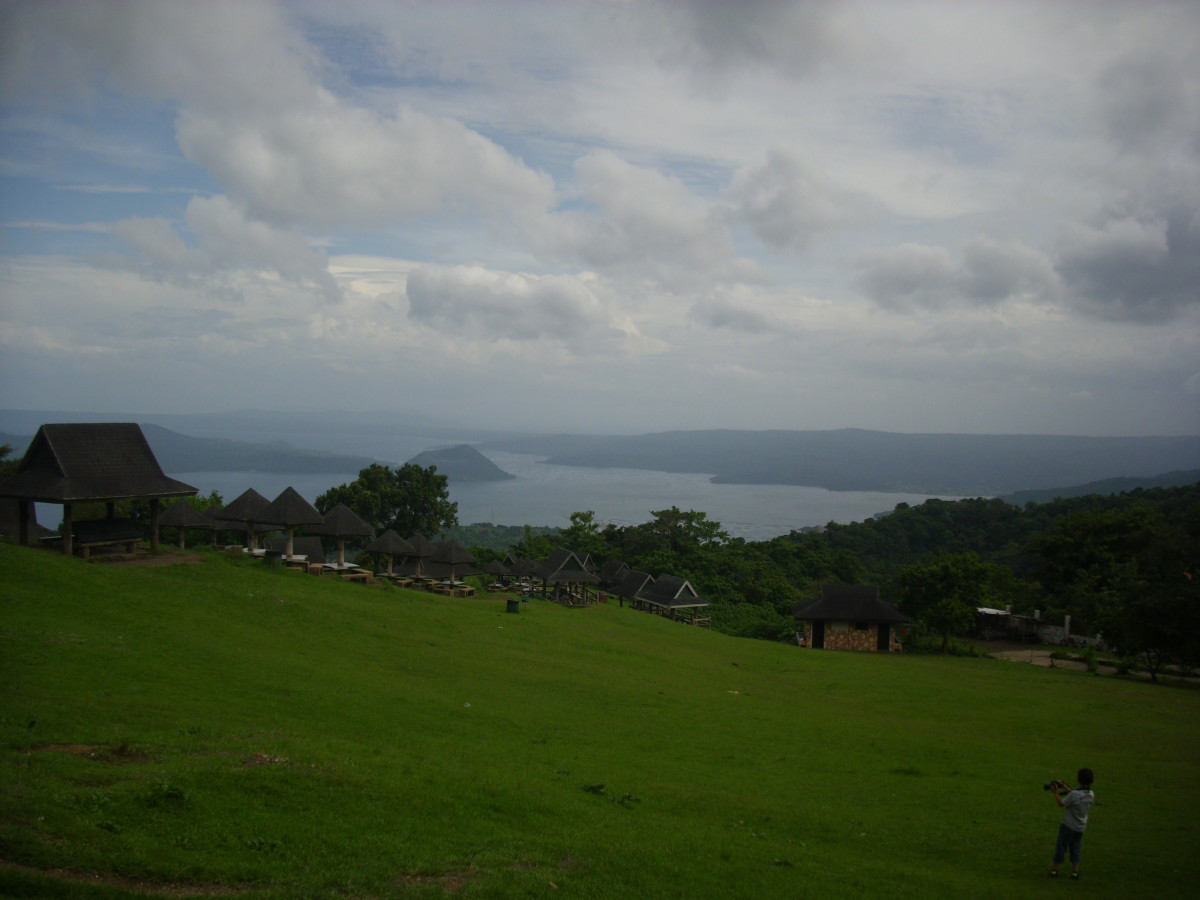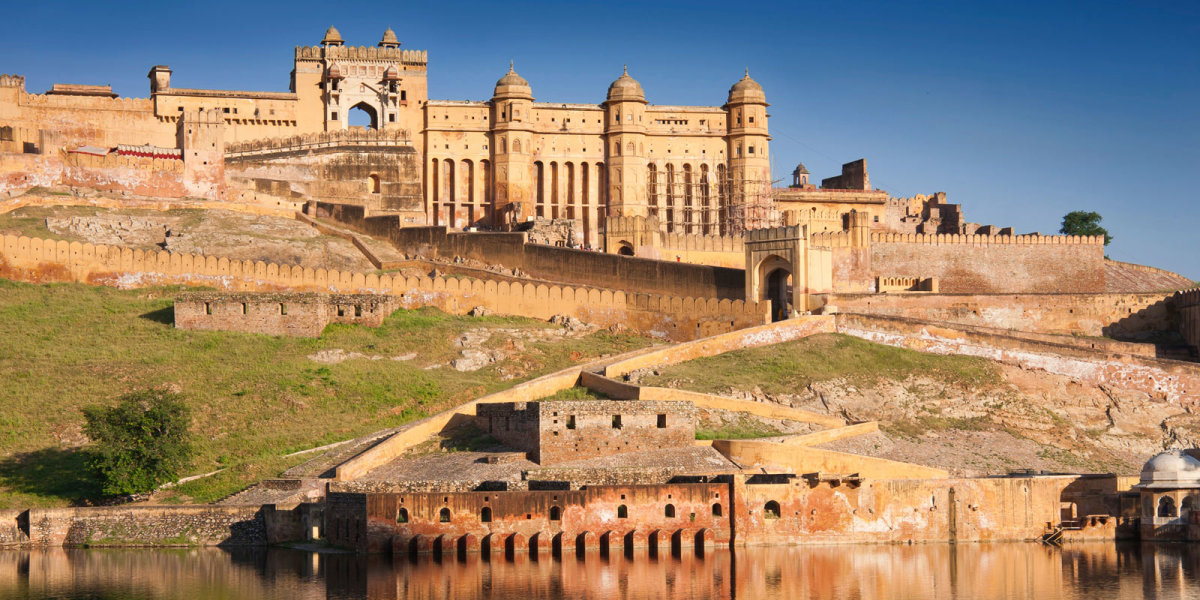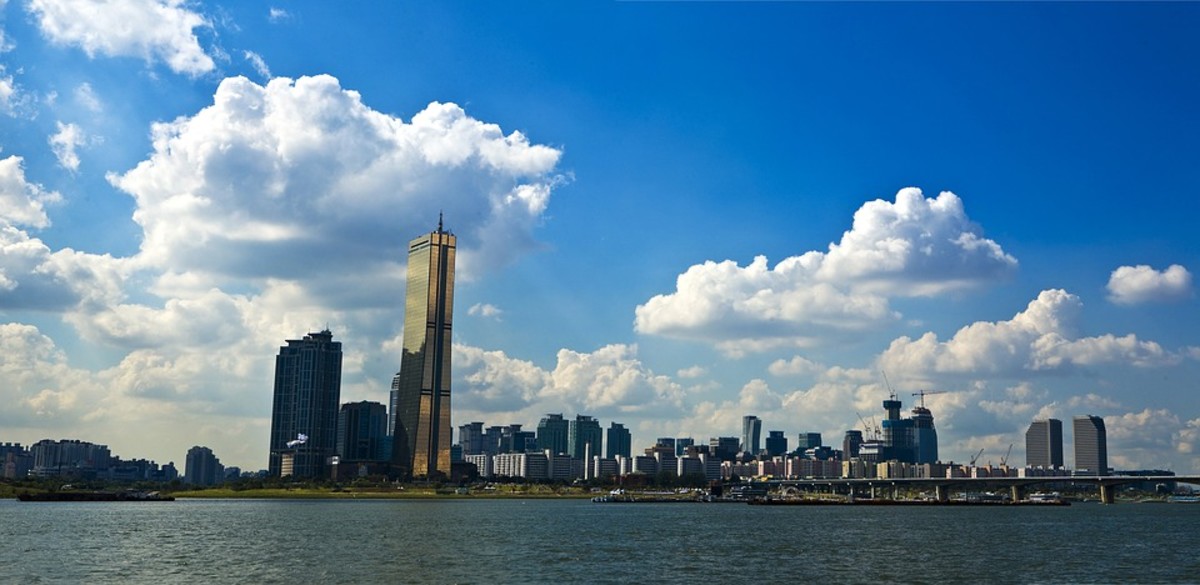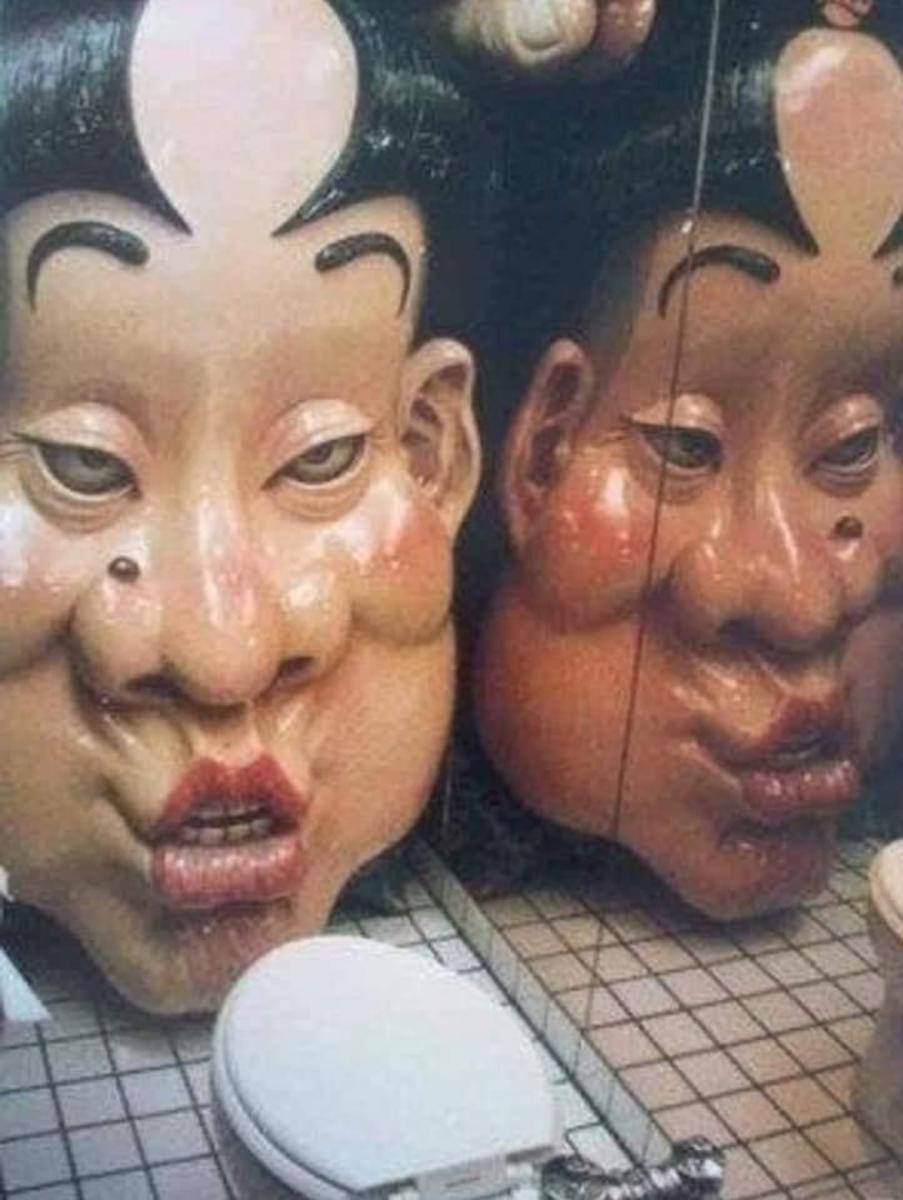- HubPages»
- Travel and Places»
- Visiting Asia»
- Eastern Asia
A Backpackers Guide to Gyeongju, Korea
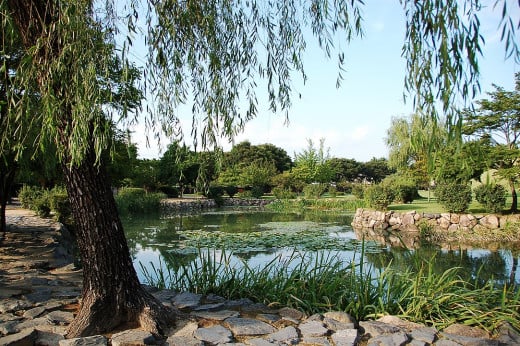
From 57 BC to 935 CE, Gyeongju, Korea, was the ancient capital of Silla, a kingdom consuming two-thirds of the Korean peninsula. Today the city, located 370 km southeast of Seoul, remains rich in Korean Buddhist art, historical sites, and artifacts. All of the historic areas in Gyeongju are designated UNESCO World Heritage sites, and the city is often called "the museum without walls." Traveling from Seoul to Gyeongju is easy, and makes a perfect overnight getaway for Seoul tourists seeking a change in scenery.
Getting to Gyenongju
Intercity buses run a four-hour journey from Seoul to Gyeongju for under $20 USD. The fastest way to Gyeongju, however, is the KTX express train, which travels at 305 kilometers per hour and covers the distance in two hours. Cost is just under$50 USD.
Gyeongju has two train stations. The old station, centrally located, has served the city since 1918, and still serves slow-speed trains to and from Seoul. Singyeongju Station, which opened outside city limits in 2010, is the rail hub of the KTX high speed lines.
Buses make the 15-minute journey between the two train stations in Gyeongju for just under $2 USD. Tourists arriving at Singyeongju station may wish to begin their journey on the No. 700 bus, which travels from the station to Bulguksa Temple in about an hour.
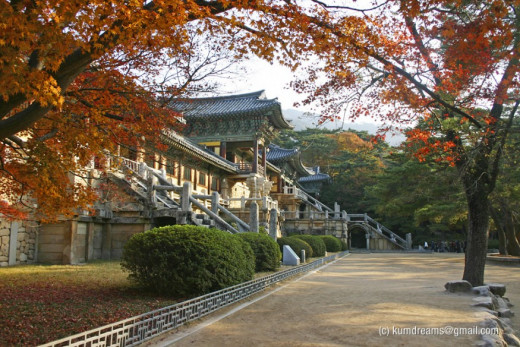
Bulguksa Temple and Seokguram Grotto
Most of Gyeongju's historical attractions are inside the city center, but two lie just outside, in Gyeongju National Park. Bulguksa Temple, on Mount Toham, is the head temple of Korean Buddhism's Jogye Order. The complex contains over a half-dozen of South Korea's national treasures and is itself considered a masterpiece of Buddhist art. It is open at various hours, depending on the season, and admission is affordable at around $5 USD.
A bus is available from Bulguksa to Seokguram Grotto on Mount Tohamsan, where tourists routinely go to watch the sunrise over the East Sea. The grotto was completed in 774 CE, and is filled with examples of some of the finest Buddhist sculptures in the world.
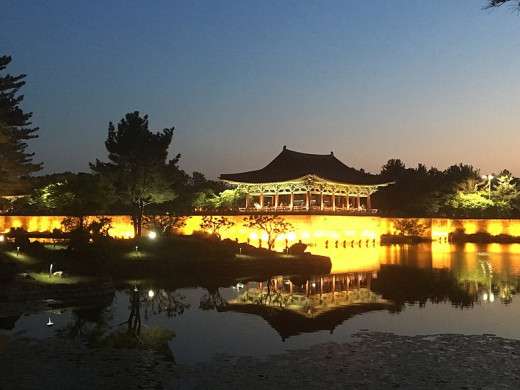
Inside Gyeongju City
The best first stop inside Gyeongju City limits is the Gyeongju National Museum (186 Iljeong-ro, open from 9 a.m. to 9 p.m.). A repository of hundreds of Silla artifiacts, the well-curated exhibitions tell the story of the Silla Kingdom, and serves to orient tourists and visitors with historical sites.
The city proper has hundreds of historical sites and attractions, but one of the most popular is Daereungwon, a large park filled with burial mounds that serve as the final resting place of many of the key players of the Silla dynasty. Daereungwon includes Cheonmachong, the "tomb of the heavenly horse," an excavated grave available for touring. Outside of Cheonmachong is Cheomseongdae Observatory, a 9-meter-tall astronomical observatory built in about 640 CE.
Visitors staying the night should save Anapji Pond, an artificial pond that was part of the Banwolseong Palace complex, for after sundown. Beautiful by day, the waterfront is stunning by night when its surrounds are illuminated.
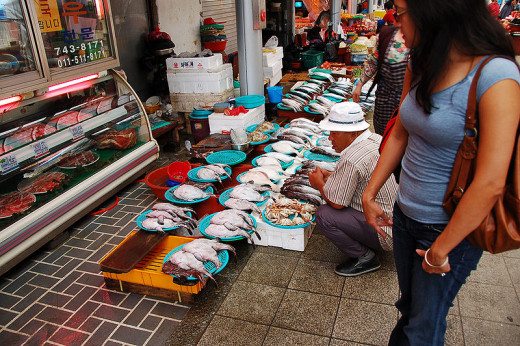
Where to Eat in Gyeongju
Traditional Korean food can be sampled at Hongsi Korean Restaurant (5, Hwarang-ro 19beon-gil, Gyeongju, Gyeongsangbuk-do 38143) and Sukyoung Sikdang (60, Gyerim-ro, Gyeongju, Gyeongsangbuk-do 38164), perhaps the two best restaurants in Gyeongju.
For those traveling on the cheap, Seongdong market, a large, covered market near the old train station, becomes a place to get excellent street food in the evenings.
Gyeongju makes a perfect overnight getaway from Seoul. Economical and easily accessible from the capital city, history buffs may wish to devote even more time to visiting both the city and its outlying areas. Tourists interested in a smaller, slower version of Korean life will be similarly charmed by the beauty of the city.



